PHMSA Mega Rule: Your Guide to Navigating the New Regulations
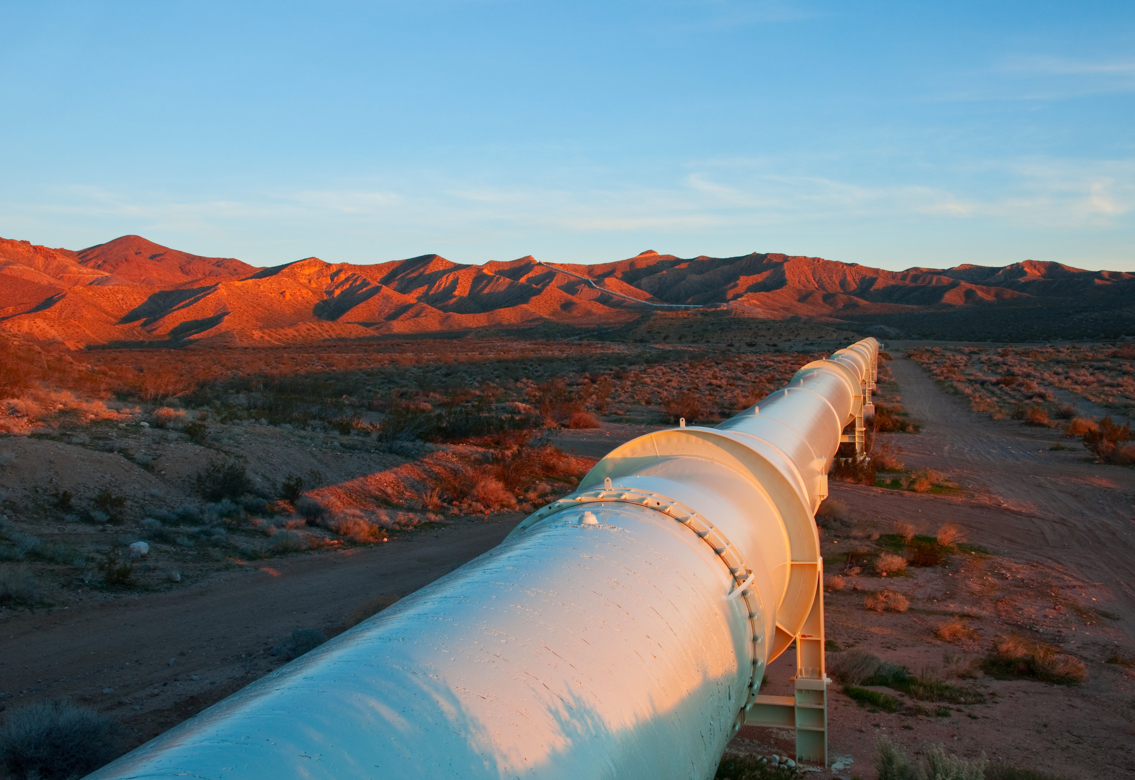
The pipeline Industry has heard a lot about the Pipleine and Hazardouse Materials Safety Administrations (PHMSA) three rules to reduce the frequency of pipeline failures. Now, the third and final rule has been released.
Over the last decade, the pipeline industry has heard a lot about the Pipeline and Hazardous Materials Safety Administration (PHMSA) Gas Transmission Final Rule, also known as the Mega Rule. This set of three regulations is designed to improve pipeline safety by reducing the frequency of pipeline failures.
Now that all three rules have been released, it’s important to understand how they will impact your operations, as well as the steps your business needs to take to comply with the regulations.
What is the PHMSA Mega Rule?
The PHMSA Mega Rule is a major overhaul of natural gas pipeline regulations implemented in three parts over the past decade. The rules were established after two dangerous incidents highlighted the need for stronger pipeline regulations to improve the safety and reliability of the nation's pipeline infrastructure and to prevent future accidents and incidents.
The first event occurred in September 2010 at a Pacific Gas and Electric Company gas transmission pipeline in San Bruno, California, which resulted in the death of eight people, injuries to more than 60 other people, and the destruction or damage of over 100 homes. The second incident occurred in 2012 when a natural gas line exploded in West Virginia, damaging homes, melting guardrails and pavement on Interstate 77, and causing several people to be treated for smoke inhalation.
What Are the Three Parts of the Mega Rule?
Part One went into effect in 2020 with a focus on regulating maximum operating pressure and integrity management near High Consequence Areas (HCAs) for onshore gas transmission pipelines. It also outlined stricter material verification, assessment expansion and record-keeping requirements.
Part Two took effect in May 2023, addressing maximum operating pressure, integrity management, corrosion control, and inspection requirements near HCAs for onshore gas transmission pipelines.
In May 2023, the PHMSA released the third and final rule, Pipeline Safety: Safety of Gas Transmission Pipelines: Repair Criteria, Integrity Management Improvements, Cathodic Protection, Management of Change, and Other Related Amendments. Part Three expands PHMSA's jurisdiction over onshore gas transmission pipelines and clarifies integrity management regulations, and updates existing repair criteria for both HCA and non-HCA pipelines. It amends regulations to reduce the frequency and
consequences of failures and incidents from onshore natural gas transmission pipelines through earlier detection of threats to pipeline integrity, including those from corrosion or following extreme weather events.
The safety enhancements in this final rule are expected to improve public safety, reduce threats to the environment, and promote environmental justice for minority populations, low-income populations, and other underserved and disadvantaged communities that are located near interstate gas transmission pipelines.
What Does This Mean for My Business?
Companies must be compliant with all three parts of the Mega Rule by May 2024. The industry should expect PHMSA to vigorously enforce these requirements, as these rules are critical to promoting and protecting public safety.
As a part of the new rule, auditors will now assess every pressurized component on a pipeline system that is exposed to process fluids to ensure each component is engineered to sound standards, sufficiently pressure tested, and has traceability records per The American Society of Mechanical Engineers (ASME) B31.3.
It is important to note that not all manufacturers produce components that can or will comply with these updated regulations. If you have components from these manufacturers, you will need to upgrade or replace critical parts of your pipeline to meet these requirements – which can be a costly undertaking.
The rule also specifies that each pipeline operator is responsible for developing an Operator Qualification program, following their written OQ plan, establishing a covered task list applicable to their system, and defining the training and qualification requirements for personnel performing covered tasks on their pipeline facility.
How Can Sentry Help My Business Comply with the PHMSA Mega Rule?
Sentry Equipment has always produced pipeline components that comply with ASME B31.3, as well as the updated PHMSA Mega Rule regulations. We also perform wake frequency calculations to validate the correct rod and shaft diameter and alloy to resist vibration-included pipeline failures.
We’ve developed “safe to operate and safe to own” products that ensure you can meet the latest guidelines and regulations. In addition, we offer field site surveys and product safety training, including DOT Operator Qualification, to help your operation stay compliant.
Sentry Equipment puts significant effort toward understanding the latest rules, being compliant with all relevant regulations and – most importantly – safeguarding people and processes.
We can help you navigate the new regulations under the PHMSA Mega Rule. Contact us at +1-262-567-7256, or complete our online contact form for more information.

Written by Sentry Equipment
With proven sampling expertise since 1924, Sentry products and services provide business operations the critical insights to optimize process control and product quality. We deliver true representative sampling and analysis techniques to customers around the globe, empowering them to accurately monitor and measure processes for improved production efficiency, output and safety. Standing behind our commitments, we are determined to tackle any application, anywhere.
Related Posts
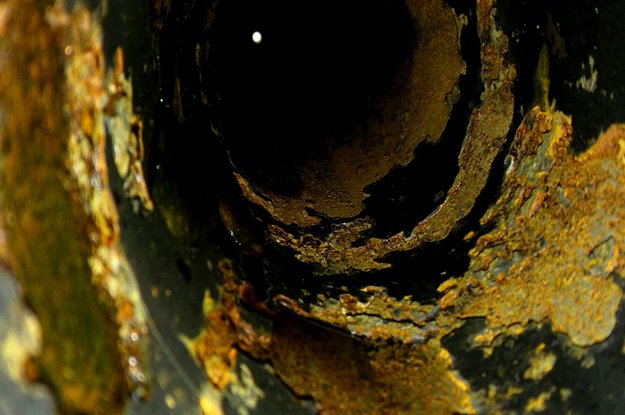
Corrosion
Internal Corrosion Monitoring: What You Need to Know
Pipelines carrying oil and gas experience internal corrosion when water is present inside the lines.
Read More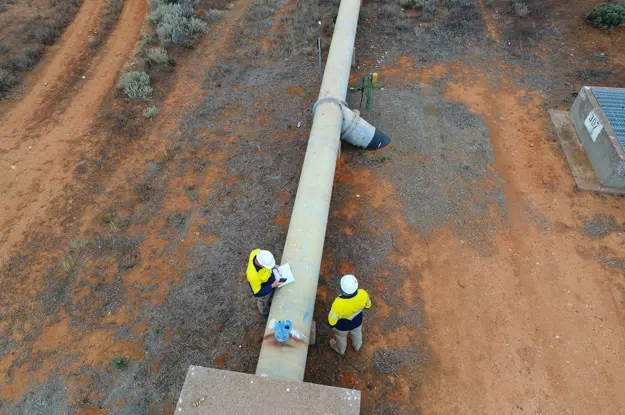
Corrosion
What are Atomizers and Do I Need Them?
Corrosion is a significant contributor to gas and oil pipeline failures. That is why many oil and gas companies implement chemical treatment methods to eliminate corrosive contaminants within gas pipelines. But chemical efficiency can be drastically affected by improper injection methods.
Read More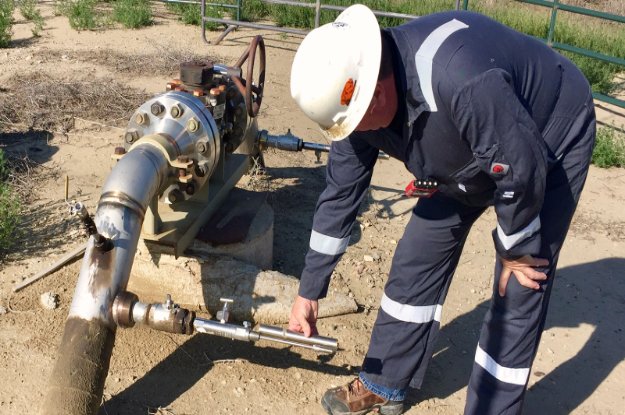
Corrosion
How to Choose Your Internal Corrosion Mitigation Method
Internal corrosion monitoring is critical to preventing and addressing corrosion inside gas and oil pipelines. It is also the first step in choosing the right corrosion mitigation method based on identified corrosive constituents.
Read More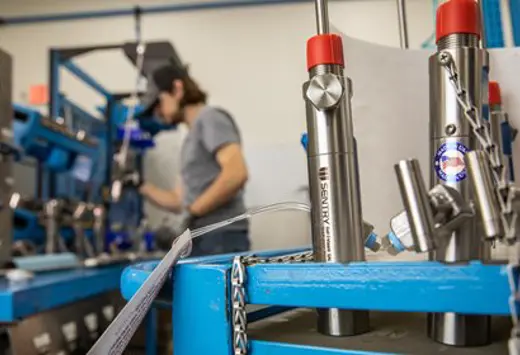
Mitigate Pipeline Corrosion
Sentry's complete line of corrosion protection products will maximize your pipeline's longevity.